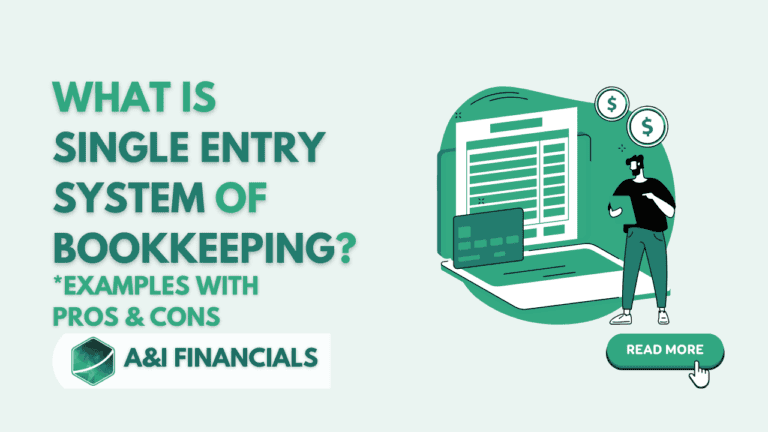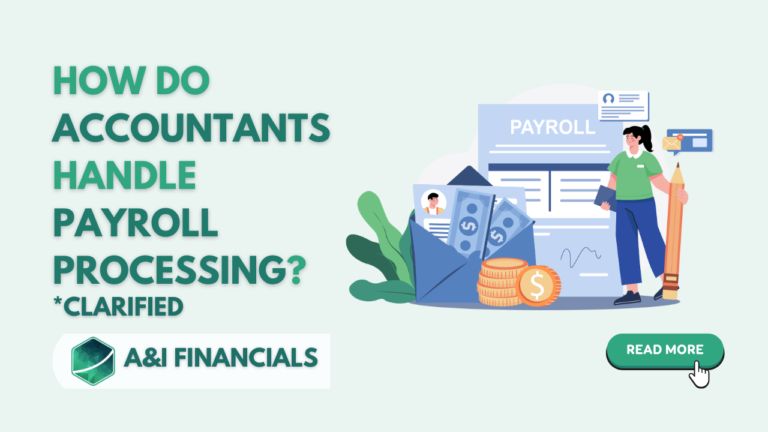Understanding the Balance Sheet: Do Expenses and Revenues Go On It?
When you dive into the world of accounting, the balance sheet is one of the first concepts you encounter. But a common question many beginners ask is: “Do expenses and revenues go on a balance sheet?” Let’s break this down in a simple, engaging way and explore how the balance sheet interacts with other financial statements.
1. What is a Balance Sheet?
The balance sheet reveals where a company’s finances stand at a particular moment in time. It lists all the assets, liabilities, and equity of the company. Think of it like a photo that captures everything the company owns and owes, along with its investments from shareholders.
Components of a Balance Sheet
- Assets: These are what the company owns. They can be current (cash or assets that can be converted into cash within a year) or non-current (like buildings and machinery).
- Liabilities: What the company owes. These also come in two flavors: current (due within a year) and non-current.
- Equity: This is the shareholders’ stake in the company, including common stock and retained earnings.
2. The Income Statement: Its Definition and Relationship with the Balance Sheet
While the balance sheet shows what a company owns and owes, the income statement reflects the company’s performance over a period. It records revenues and expenses, highlighting whether the company made a profit or loss. Now, to answer the query, “Do expenses and revenues go on a balance sheet?” No, they do not. Instead, the income statement details them and affects the equity section of the balance sheet through retained earnings.
3. Exploring Expenses and Revenues
Types and Recognition
- Expenses: Costs incurred to earn revenues. They are either operating (related to core business activities) or non-operating (like interest expenses).
- Revenues: The income earned from business activities, either operating (sales of products) or non-operating (such as investment income).
Both are crucial for assessing a company’s financial health, and the income statement recognizes them as they occur. They reflect on the balance sheet through changes in net income and subsequently in retained earnings.
4. The Significance of Financial Statements in Business
- Role and Purpose: Financial statements like the balance sheet, income statement, and cash flow statement provide a comprehensive picture of a company’s financial health and operational efficiency.
- Interconnectivity: These documents are interconnected; each statement impacts the others, offering insights into the company’s financial dynamics over different periods.
5. Accrual Accounting’s Role in Financial Reporting
Accrual accounting is crucial as it records revenues and expenses when they are earned or incurred, regardless of cash flow. This approach ensures that each financial statement reflects the actual financial activity of the business, providing a more accurate picture of its financial health.
6. Delving Deeper into Financial Terms and Their Impact
- Assets and Liabilities: Their management is fundamental to maintaining a healthy balance sheet and ensuring the company’s stability and potential for growth.
- Equity and Retained Earnings: These reflect the cumulative net income retained in the business after distributing dividends to shareholders, linking the income statement and balance sheet.
7. Advanced Concepts: Deferred Revenues and Expenses
- Deferred Revenues and Expenses: The balance sheet records these items until they are earned or used, respectively. Deferred revenues appear as liabilities under ‘unearned revenue,’ and deferred expenses show up as assets under ‘prepaid expenses’.
8. Adhering to Financial Reporting Standards
Financial reporting follows standards like GAAP and IFRS to ensure consistency, reliability, and transparency. These standards dictate how to record and report transactions, and they influence the preparation and interpretation of the financial statements.
9. Analytical Tools: Financial Ratios
To analyze a company’s performance, financial ratios derived from the balance sheet, like profitability ratios and liquidity ratios, are used. These ratios help stakeholders understand financial conditions, operational efficiency, and more.
Conclusion
To circle back to our initial question, “Do expenses and revenues go on a balance sheet?” the answer remains no. They are part of the income statement but affect the balance sheet through the equity component. Understanding this helps in making informed financial decisions and strategic planning.
At A&I Financials, we specialize in providing top-notch accounting services that help you understand and manage your financial statements effectively. Whether you need assistance with your balance sheet, income statement analysis, or understanding complex financial concepts, our expert team is here to guide you every step of the way.
Contact us today to ensure your financial reporting is accurate and comprehensive, setting the stage for sustained business success.
FAQs on “Do Expenses and Revenues Go on a Balance Sheet?”
A balance sheet shows the assets, liabilities, and equity of a company at a given moment in time. Expenses and revenues are not included on a balance sheet; instead, they are detailed on the income statement.
Expenses and revenues are recorded on the income statement, not the balance sheet. The income statement shows how revenues are earned and expenses are incurred over a period, determining the net profit or loss.
While they don’t appear directly on the balance sheet, expenses and revenues influence it indirectly. Net income, calculated as revenues minus expenses, affects the equity section of the balance sheet, specifically in retained earnings.
At the end of an accounting period, the net income or loss, after accounting for all revenues and expenses, is transferred to retained earnings in the equity section of the balance sheet. This process is part of closing the books for that period.
Yes, deferred expenses and revenues can appear on a balance sheet. Deferred revenues are listed as liabilities under “unearned revenue,” while deferred expenses may appear as assets under “prepaid expenses” until they are recognized in the income statement over time.






